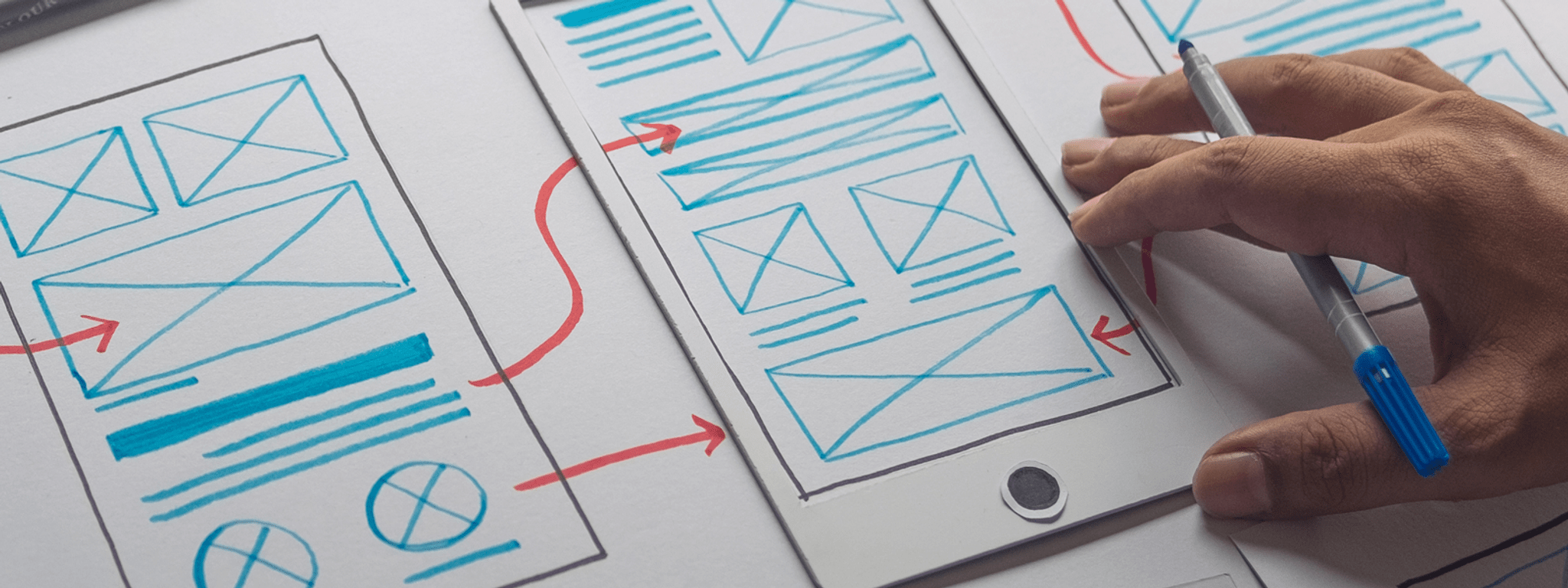Design tools and resources
If you’re new to human-centred design and its practices, we have developed a series of projects plans, methods and outputs to help you get started. We recommend that you collaborate with seasoned designers to execute your projects rather than undertaking the design activities by yourself.
In this section you fill find a series of methods explaining what they are, their purpose, what you will get, their strengths and weaknesses, tips and a list of suggested toolkits and resources.
Methods
A way to analyse and synthesise all the information generated from research.
A method for exploring relationships between content and deciding structures.
Co-design brings citizens and stakeholders together to design new products, services and policies.
A semi-structured interview method where participants are observed and interviewed in context – where they live or work or in the situation where they would use a product or service.
Review of existing research for information relevant to a project’s needs.
A multi-day process to design, prototype and test ideas with customers.
Collect information by asking participants to record entries about a particular activity or experience over time in a log, diary or journal.
Combines observation with interviews to understand what people do, not what they say.
Interviews with subject matter experts to learn about a domain.
A method to test and finalise the details of a design.
Assess the effectiveness of a product against established design and content standards.
A collaborative workshop to help groups of people work with research insights and elicit a broad range of potential solutions.
A summary-style review of comparable products and services in the market that identifies vulnerabilities and opportunities for differentiation.
A summary of existing knowledge and emerging trends, highlighting gaps for further research and design enquiry.
A method used to communicate, test and iterate an idea.
An in-depth discussion of the project’s broader context, various stakeholders’ objectives, what purpose each project activity serves and known unknowns or blind spots.
A workshop designed to align stakeholders around the goals, outputs, timelines and constraints of a project.
Research with large or many datasets that describe ‘what’ happens rather than ‘why’ it happens.
Turning data into insights, theories, recommendations and designs.
A way of deciding who your participants will be and how many people you will need to include.
Team members go out and directly experience the service in the role of customer and notice what it’s like to step into their shoes.
Consultation with people who will be influenced by or have power over a project.
Establish a project’s background, constraints and goals and build rapport with decision-makers.
Stakeholder relationship mapping →
Visualise the relationships between people, teams or agencies who could affect, or be affected by, the outcomes of a project.
A tool that gathers comparative data from medium to large numbers of participants.
Test prototypes with citizens to understand what works well and what needs improvement.
Updated
